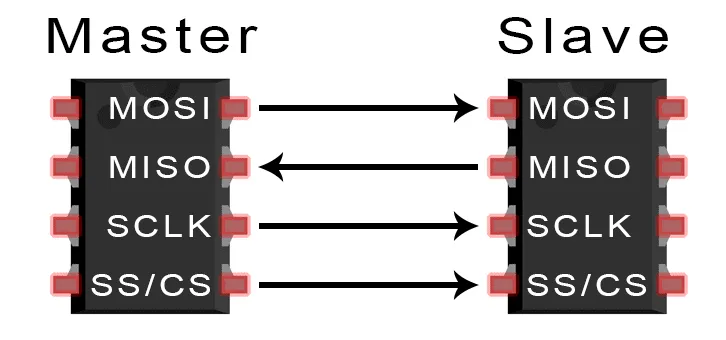SPI Protocol Overview
SPI (Serial Peripheral Interface) is a synchronous, full-duplex communication protocol used for high-speed data exchange over short distances. It follows a master–slave architecture with four primary signals:
-
SCLK (Serial Clock): Clock signal generated by the master to synchronize data transfers.
-
MOSI (Master Out Slave In): Data line from master to slave.
-
MISO (Master In Slave Out): Data line from slave to master.
-
CS_n (Chip Select, active-low): Signal used by the master to select the slave device.
Bits are shifted out on MOSI and shifted in on MISO on each clock edge, according to the configured clock polarity (CPOL) and phase (CPHA).


No Comments